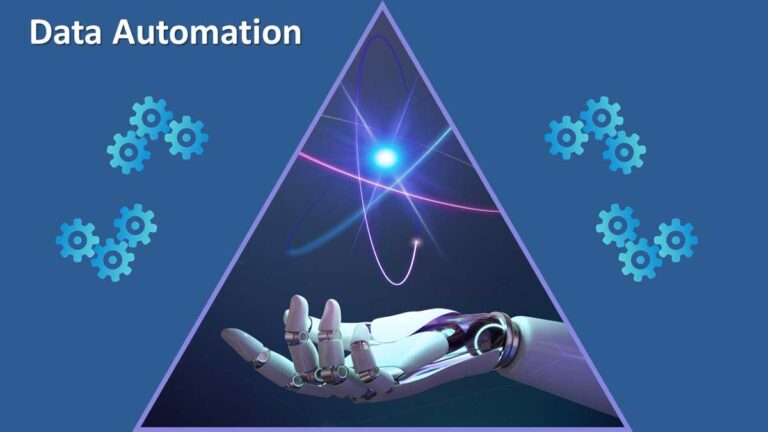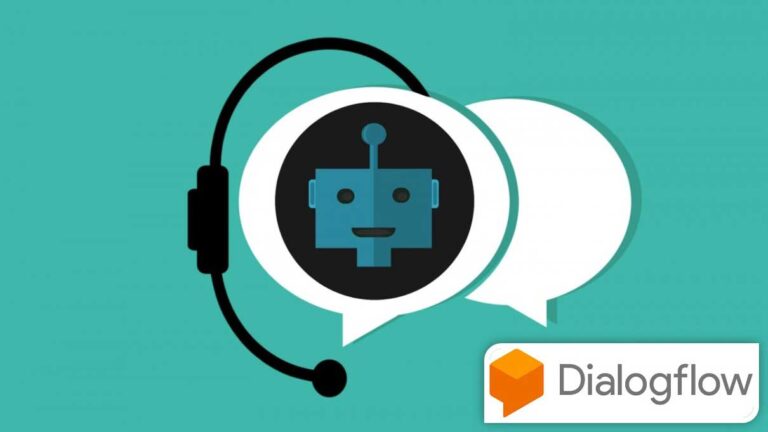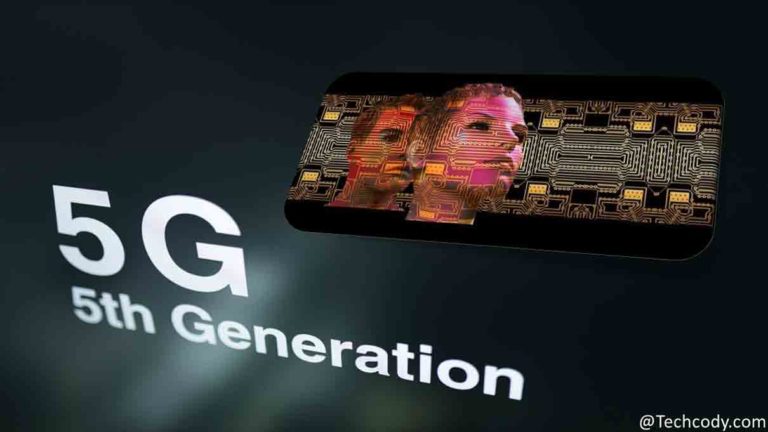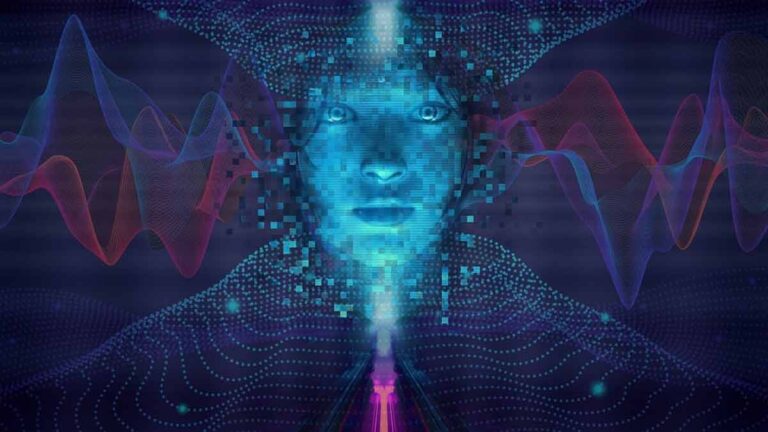Top 11 Generative AI Tools for Unleashing Creativity
Generative AI tools actively generate fresh content, like images, music, and text, based on existing data. By automating tasks previously performed by humans, this advanced technology significantly impacts creative industries, allowing faster and more unique content production. Generative AI learns underlying patterns and rules through training on extensive data. It learns from existing data and creates new content with similar features.

Within the Metaverse, generative AI enables the creation of realistic virtual environments. Developers use generative AI tools to create 3D models of buildings, landscapes, and various other elements.
Types of Generative AI Tools
- Text Generation Tools: These tools use natural language processing (NLP) techniques to generate readable and contextually suitable text. They can be used for automated content creation, chatbots, language translation, and even creative writing assistance.
- Image Generation Tools: Image generation tools use generative adversarial networks (GANs) to create realistic HD images. They can be used for art and design, virtual try-on, and image synthesis.
- Music Generation Tools: With the ability to compose melodies, harmonies, and even entire music pieces, music generation tools have gained popularity among musicians. They leverage recurrent neural networks (RNNs) and transformers to learn musical patterns and generate original compositions.
- Video Generation Tools: Video generation tools combine techniques from computer vision and deep learning to produce synthetic videos. They can generate animations, special effects, and even deepfake videos. The entertainment industry and advertising actively utilize these tools.
Generative AI tools can bring many benefits that can make life easier for both individuals and businesses. These tools can automate repetitive and otherwise boring tasks effectively, helping you to complete them quickly and accurately, while saving your time and money.
OpenAI’s GPT:
OpenAI has developed ChatGPT, which stands as one of the most advanced language processing models developed. It utilizes deep learning and is trained on a vast corpus of text data from the internet to generate human-like text. It actively performs a wide range of language tasks. It includes text completion, summarization, translation, question answering, and text classification. OpenAI developed a state-of-the-art language generation model that actively generates human-like text. It finds application in a wide range of areas, including content creation, chatbots, and language translation.
Google Bard:
Google’s response to ChatGPT is Bard, a chatbot and content generation tool. Bard runs on LaMDA, a transformer-based model that Google launched a couple of years ago. It is an artificial intelligence chatbot designed to provide accurate answers to user questions. It is based on a large language model trained on extensive data from the web, enabling it to generate compelling responses to user queries.
DALL-E 2:
DALL-E 2 actively generates high-quality images from textual descriptions. OpenAI’s DALL-E is an AI model capable of generating images and artwork based on a text prompt. In simpler terms, you can provide a sentence describing the image you desire, and DALL-E can swiftly create it for you. The images produced by DALL-E are incredibly convincing and often mistaken for artwork created by humans. It is an affordable AI tool that allows users to create art or generate unique images that have never existed before.
NVIDIA’s StyleGAN:
NVIDIA’s StyleGAN models have gained popularity for their ability to generate high-quality images, especially human faces. Various applications, including video game development, digital art, and fashion design, find these generative models well-suited. StyleGAN utilizes deep learning algorithms and generative neural networks to create realistic images. Learning the statistical patterns from real images generates new images that resemble those patterns. StyleGAN excels in producing high-quality images of faces, animals, and various objects.
Synthesia:
Synthesia is an advanced video generation platform that uses AI to create videos featuring AI avatars and artificial voices. With Synthesia, users can generate videos based on their scripted prompts. The AI tool utilizes natural language processing, computer vision, and machine learning algorithms to automatically produce videos from text input. Synthesia serves as an excellent platform for creating avatar-based AI videos. Platforms like Synthesia use machine learning and advanced AI techniques to replicate human facial features and expressions accurately. While Synthesia offers both free and premium plans, there are ways to utilize the platform for free.
MuseNet:
MuseNet is an AI music generator, using a deep learning model, capable of producing music in a wide range of styles and genres. It creates original compositions by drawing upon a dataset of MIDI files. MuseNet can generate music spanning different genres, such as classical, pop, and jazz, solely using AI-generated sounds.
OpenAI’s Codex:
OpenAI Codex is an AI system capable of generating code based on natural language descriptions. It is a general-purpose language model that has been extensively trained on a vast dataset of text data to proficiently perform various natural language processing (NLP) tasks. Codex builds upon OpenAI’s natural language processing model and possesses the ability to comprehend natural language queries and generate corresponding code snippets as responses.
Google’s DeepDream:
Google’s DeepDream tool actively uses a neural network to generate psychedelic images derived from pre-existing images. DeepDream is an algorithm in computer vision that uses a convolutional neural network to effectively identify patterns within images. DeepDream creates surreal and psychedelic images through the artificial neural network’s endeavor to identify and enhance patterns within an image. This tool is commonly employed for creative purposes, including the generation of artwork and captivating visuals.
RunwayML:
RunwayML is a platform that assigns users to experiment with and deploy various generative AI models, including GANs, VAEs, and neural style transfer. This platform leverages the potential of AI to boost creativity, enabling artists, designers, and creative professionals to explore novel realms of visual expression. RunwayML revolutionizes the creation, exploration, and sharing of artistic work. It facilitates connections among artists and designers, providing a space to share creations and receive feedback from a supportive community of peers.
Hugging Face’s Transformers:
Hugging Face’s Transformers, an open-source library, assigns developers with a wide range of state-of-the-art transformer models for various natural language processing (NLP) tasks. These tasks include text generation, question answering, and language translation. Similar to ChatGPT, Hugging Face’s Transformers provides diverse models capable of text classification, language translation, and question answering. Developers widely adopt Hugging Face’s Transformers due to its user-friendly interface and flexible functionality.
DeepMind’s WaveNet:
WaveNet directly generates raw audio waveforms with precision and effectiveness. It creates highly realistic speech, exhibiting remarkable naturalness and clarity. This generative model can generate realistic high-quality speech. This makes it perfect for applications like text-to-speech synthesis and voice assistants.
Benefits of Generative AI Tools
- Increased Efficiency and Productivity: By automating repetitive tasks and assisting in content generation, generative AI tools enhance efficiency and productivity. They enable businesses to produce more content in less time, freeing up resources for other critical tasks.
- Enhanced Creativity and Innovation: Generative AI tools act as creative assistants, providing designers, writers, and artists with new ideas and fresh perspectives. They inspire innovation by generating alternative solutions and pushing creative boundaries.
- Improved Customer Experience: Personalization powered by generative AI tools enhances the customer experience by delivering relevant and tailored recommendations. This leads to higher customer satisfaction, increased engagement, and improved brand loyalty.
- Accelerated Research and Development: In fields like drug discovery and scientific research, generative AI tools assist in analyzing vast amounts of data, identifying patterns, and generating hypotheses. This expedites the research and development process, leading to faster breakthroughs and innovations.
Conclusion
From text and image generation to music and video synthesis, these tools offer immense potential for efficiency, personalization, and accelerated research. However, challenges such as biases, privacy concerns, and limitations must be carefully addressed. As we move forward, the future of generative AI tools holds exciting possibilities for further advancements and their integration with emerging technologies.






